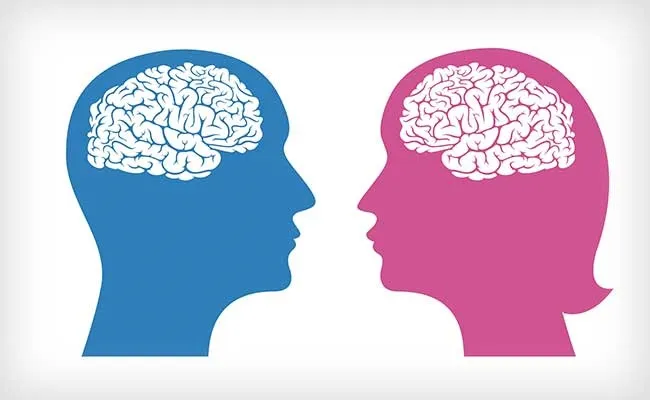The thickness of female brain cortex was found to be smaller than that of male in countries with gender inequality
European researchers showed that in countries with gender inequality, women's spatial thinking was significantly worse than men's; this indicator was also affected by the level of income. Researchers suggest that neurobiological data should be taken into account when forming gender-based social policy.
No significant correlation was found between gender inequality and surface area of brain regions, volume of the hippocampus and total intracranial volume. However, when taking into account the economic component, a significant correlation remained only for the right anterior temporal pole of the cortical mantle. Three of these regions were examined: the right anterior temporal pole (involved in goal-setting and decision-making), the right orbital frontal gyrus (involved in decision-making) and the left lateral parietal cortex (involved in face recognition).
Two years earlier, American and Canadian scientists reported that the only factor significantly affecting gender equality is infections - changes in their morbidity precede changes in gender equality indicators. Thus, to ensure gender equality, it is necessary not only to create appropriate social conditions, but also to take into account the influence of biological processes. This will allow creating a more effective solution for increasing indicators of gender equality. Other studies have shown that gender differences in mathematics, physics and astronomy are caused by cultural factors. Such results suggest that it is important to support the rights of all genders and develop programs aimed at increasing opportunities for women in STEM disciplines, since they can significantly contribute to their development. Therefore, it is essential to take into account the social, economic and biological influences on gender equality indicators when making decisions on its improvement. It is also important to continue conducting research in this field in order to identify more effective tools for achieving equality between men and women.
In conclusion, gender inequality is a global problem that requires joint efforts from various spheres of society - both public institutions and individuals - in order to achieve significant progress. The presence of both economic and biological sources of gender inequality indicates the complexity of the issue. Therefore, it is important to carefully consider all aspects of this problem when making decisions on its improvement and establish a comprehensive system for monitoring progress in achieving gender equality. Additionally, ongoing research into this area will be essential in order to identify more effective tools for achieving equality between all genders
